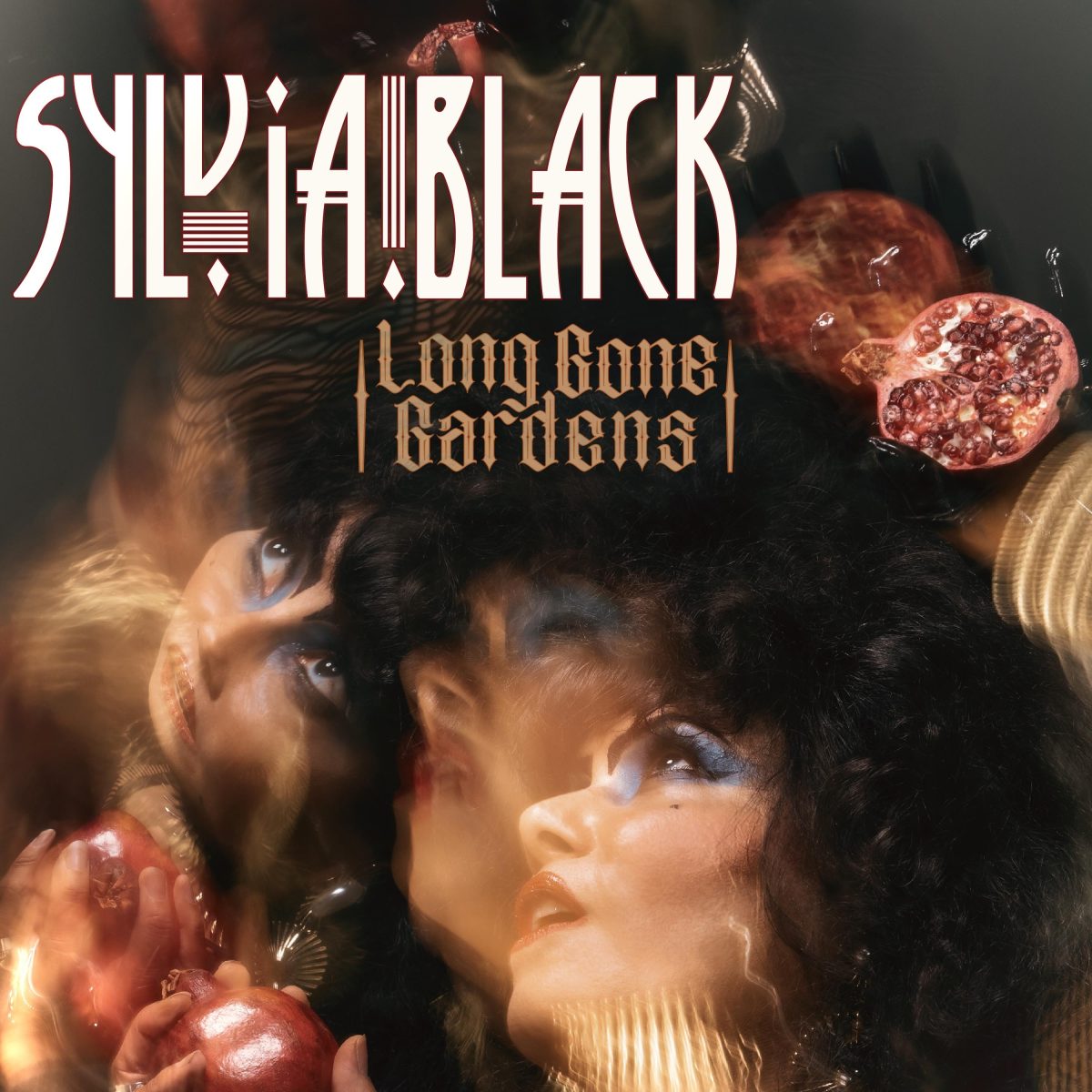Green Language
Reviewed by: Ari Roth
If Rustie’s last album, 2011’s Glass Swords, traded in a dizzyingly decontextualized collage of euphoric dance-pop extravagance, designed for the digital age and sparkling with brightly-colored giddiness, his new full-length, Green Language, finds him shifting gears somewhat. Although it certainly retains a fascination with the dynamic extremes and sleek, shiny surfaces of mainstream dance music, Rustie is undoubtably doing something new here.
The album’s title is Rustie’s conception of “a language that’s non-dualistic, that speaks to you directly to your emotions without the mind interfering with the message.” The use of “green” here is key: this is music designed for synesthesia, in which one sensory input manifests as another, for instance sound conjuring colors. First single “Raptor” recasts EDM’s hyper-sidechained aesthetics and extreme dynamics (the “drop”) as something lush, gorgeous, and even naturalistic. The music video features blinding whites and pinks, slick surfaces, endless expanses, and those strange flamingos at the center. It explicitly connects the digital and the natural, plastic and flesh, reality and hyperreality, sound and vision, and blurs the boundaries between them so that one evokes the other and visa versa. “Paradise Stone” conjures humidity and rainfall with its pealing synth droplets and glittering trance backdrop, all without resorting to literalism or cliche.
Rustie’s reference points are often clearly linked to his newly festival-bound status, but his undeniable and preternatural knack for sound design forces you to reconsider them, to let go of their social and cultural connotations and reconsider them as pure sensation. Sounds conjure images, sure, but not meaning. They’re informed by dance music, but you’d be hard pressed to seamlessly mix any one of these tracks in a traditional DJ set. It’s a proper album, an immersive world of texture and color that demands intuitive engagement for its entire runtime.
Rustie uniquely straddles dance music’s mainstream and underground, and he draws freely from both worlds on Green Language. Much has been made of the vocal features on the album, and indeed they provide the most striking illustration of this connection. Delirious single “Attak” features US rap star Danny Brown, and comes on the heels of “Up Down” which is centered around a feature from subterranean UK grime legend/street fighter D Double E. Both tracks are excellent, with Brown in particular gleefully contorting his elastic yelp all over “Attak”, but I can’t help but prefer the instrumental tracks. They seem more closely linked to Rustie’s vision of a “green language” where you don’t need words, just sounds and feelings. The brief “Tempest” pairs gorgeous, astral synth melodies with booming hip hop drums, building up steam until it unexpectedly drops out, field recordings of thunder creep in, and the track jarringly reemerges in a new key with an off-kilter pulse. Green Language is full of such moments, and it often feels as if the album is operating according to a structure accessible only from Rustie’s unique perspective, intriguingly hidden from the listener.
“Velcro” returns to that elongated tension-and-release build-and-drop structure of which Rustie has grown so fond, building, reducing, and rebuilding until it finally opens up into a wide-eyed, joyous hook straight out of the Glass Swords playbook, reminiscent of tracks such as “All Nite”.What’s notable here is how Rustie manages to achieve the same effect with as few elements as possible – it feels enormous, but it achieves this effect with a whole lot of empty space and only a handful of sounds, each sharpened to a glistening edge. The Daft Punk-ish vocoder vocals on “Lost” provided by Rustie contemporary Redinho, feel a little out of place, its melody and lyrics coming across as a little crass within the context of the album, although it’s a fine track on its own. The uncredited vocals on “Dream On” fare much better, conjuring an affecting melancholy that compliments the lush hyper-R&B production surrounding it.
The heavenly, crashing “Let’s Spiral” is a pillar of synthetic glory, helixes of light twirling into the night sky, punctuated by shattering drums. That one of the album’s greatest moments has no clearly discernible rhythmic structure at all speaks to Rustie’s compositional acumen. The title track, which closes the album, is a puzzling piece. When it premiered on BBC Radio, the song struck me as oddly insubstantial and out of character, merely a pool of softly arpeggiated piano, with birds chirping off in the distance. In the context of the album, it’s both a necessary cooldown after the sonic extremes of the album, and an interesting piece in its own right. On a record full of such sumptuous and detailed sound design, I found myself savoring these familiar acoustic textures as if they were totally new and dazzlingly beautiful.
For all of its flaws, this is an extraordinary album: far stranger and more opaque than its predecessor, it also has the potential to shoot Rustie into the stratosphere of dance music superstardom once and for all. That he is able to encompass both of these possibilities in the same body of work is a testament to the leaps and bounds by which Rustie has grown over the past three years.
Rating: 








